CRU Case Study: No recovery in sight for European scrap
© RX/Shutterstock
Bar ohne Namen
Entschlossen verweigert sich Savage, der Bar einen Namen zu geben. Stattdessen sind drei klassische Design-Symbole das Logo der Trinkstätte in Dalston: ein gelbes Quadrat, ein rotes Viereck, ein blauer Kreis. Am meisten wurmt den sympathischen Franzosen dabei, dass es kein Gelbes-Dreieck-Emoji gibt. Das erschwert auf komische Weise die Kommunikation. Der Instagram Account lautet: a_bar_with_shapes-for_a_name und anderenorts tauchen die Begriffe ‘Savage Bar’ oder eben ‚Bauhaus Bar‘ auf.
Für den BCB bringt Savage nun sein Barkonzept mit und mixt für uns mit Unterstützung von Russian Standard Vodka an der perfekten Bar dazu.
Activity on the European scrap market has not picked up significantly since our last report. Demand remains weak across all end-use sectors and even the automotive market is showing signs of weakness. As for scrap availability, it is limited by the fact that many semi-finished producers are operating at lower rates, which means less scrap is coming back to the market. However, this does not translate in higher prices due to the weak demand.
Now we are in the middle of Q2, there is limited hope that a recovery will take place before the summer. As demand is rarely buoyant in Q3 due to the many maintenance closures, the demand recovery has been pushed back to Q4 and even some are now questioning whether demand could improve substantially this year. Under this context, it is difficult to expect scrap and secondary prices in Europe to show any clear trends in the weeks to come. This consolidation pattern in prices is well set to last for a bit longer.
And the weak demand continues to weigh on key sectors, Q1 results confirm challenging markets especially in packaging and B&C: Novelis released its 2023 Q1 results and as one of the biggest buyer of aluminium scrap in Europe, what the company is seeing is reflective of the market as a whole. The company reported a drop of 5% in total flat rolled product shipments versus last year and the drop was even more severe in Europe, with a decline of close to 10% y/y. The decrease, Novelis said, was mainly driven by lower beverage can shipments as can makers are still working through their inventories and the weak demand for specialties products used in the construction sector. The company did highlight the good demand from aerospace and automotive but this was not sufficient to offset the lost volumes in other sectors.
As one of the major can makers in the world, Ball confirmed the same trend with a drop of 5% of shipments in Q1 in Europe versus last year.
Author: Guillaume Osouf
Head of Aluminium Prices Development at CRU
